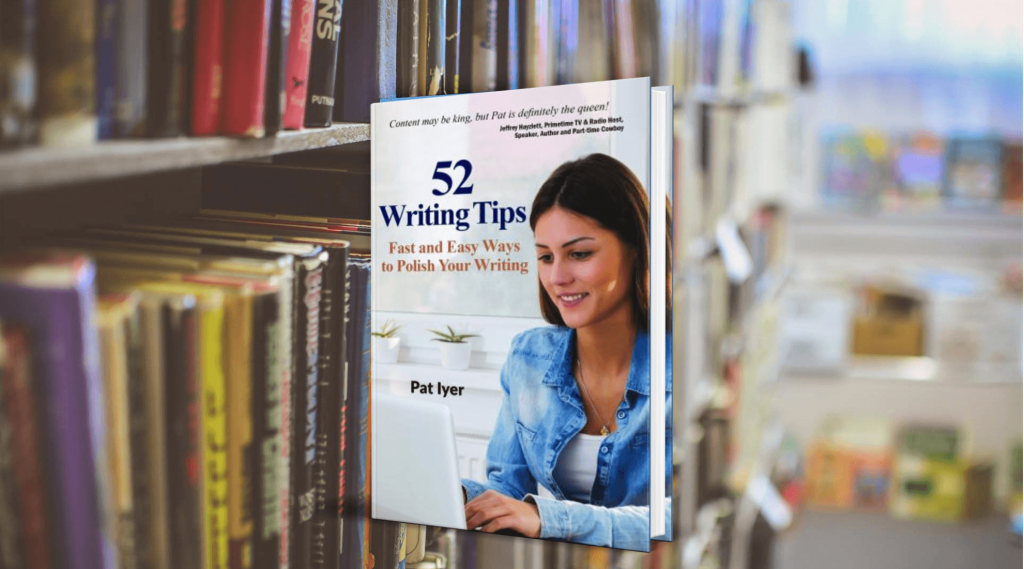
If you are a beginning writer, you may have written essays or term papers in high school and college. If you went to graduate school, you may have written a thesis. However, unless you wrote for a school paper or other publication, your experience in writing nonfiction that regular people read may be limited. Here’s how to avoid common nonfiction errors.
Don’t Start with a Description of the Weather Unless It’s the Point of Your Story
One of the most famous clichés in literary history begins, “It was a dark and stormy night.” This beginning of the 1830 novel, Paul Clifford, by Edward Bulwer-Lytton, gets worse.
Avoid dark and stormy nights. The only valid reason to begin with a weather report is if it’s highly relevant. You might write, “It was a hot day in Oklahoma” if you’re covering the effects of long-term drought in this state.
You’ll have greater effect, though if you write, “The dusty fields of eastern Oklahoma hadn’t seen rain for 300 consecutive days. Farmer Harry Palmer looked up at the blue sky and said, ‘Weather is going to kill us.’”
Don’t Begin With “It was”, One of the Common Nonfiction Errors
Why? It’s a weak beginning. It’s static. You want an opening sentence that either goes somewhere or strongly sets up the central issue. No rain for 300 days is an issue. Even if you’re not a farmer, you know that things aren’t going to go well for the people of eastern Oklahoma. If authors can continue to hook you emotionally, you’re more likely to identify with them.
“It was,” while good to avoid in its own right, also illustrates the dangers of beginning with any passive verb form. Consider the difference between
“She was bored.”
And
“She considered whether she would be less bored if she murdered her husband.”
Many readers won’t read beyond the first page if they don’t like it. Some may drop out after the first sentence. You don’t want dropouts. Work that opening.

Bring In All the Senses
Those dusty Oklahoma fields can even smell dusty. The farmer could sneeze. Nearby cattle might breathe asthmatically. You can taste the dust coating your tongue. The dry heat might make your skin feel as if it’s shrinking.
Think of all the subtle sensory ways you can bring your reader into your story. This, too, increases identification and involvement.
Stay Out of the Story—Unless It’s Your Story
If you are writing a memoir or autobiography, the above obviously does not apply. A story about medical fraud, though, or a nursing-home scandal, or vice at the highest levels of government will only have you as a central character if you were in any way involved with those events.
In this vein, if you have interview material to use in your article or book, consider carefully whether you need to include your questions. You might find that necessary, but you don’t need to do so verbatim.
“Senator Parsons, what do you consider to be the most important medical reform?” (followed by an answer) is less effective than “My top priority is to address reforming the medical billing system,” Senator Parsons said.
It’s your story because you’re writing it. It will have your name on the cover. Move your authorial voice to the background to avoid one of these common nonfiction errors.
Start with a dynamic beginning; give the reader an idea of what is coming; engage all the senses, and what you write is compelling.
If you liked this post you’ll love 52 Writing Tips: Fast and Easy Ways to Polish Your Writing. Whether you’re a beginning writer, you want to polish your skills, or you need the determination and inspiration to finish a project, this book will help you. It covers a range of subjects from grammar explained simply, how to skillfully edit your work, essentials of blogging, and how to capture and keep a reader’s attention. 52 Writing Tips: Fast and Easy Ways to Polish Your Writing is the guide you’ve been waiting for.
The book includes several chapters on how to polish your writing skills!

Pat Iyer is an editor, author, book coach and ghostwriter. She helps individuals create books that encourages their expertise to shine and advances their businesses. She has written or edited 48 of her own books.

